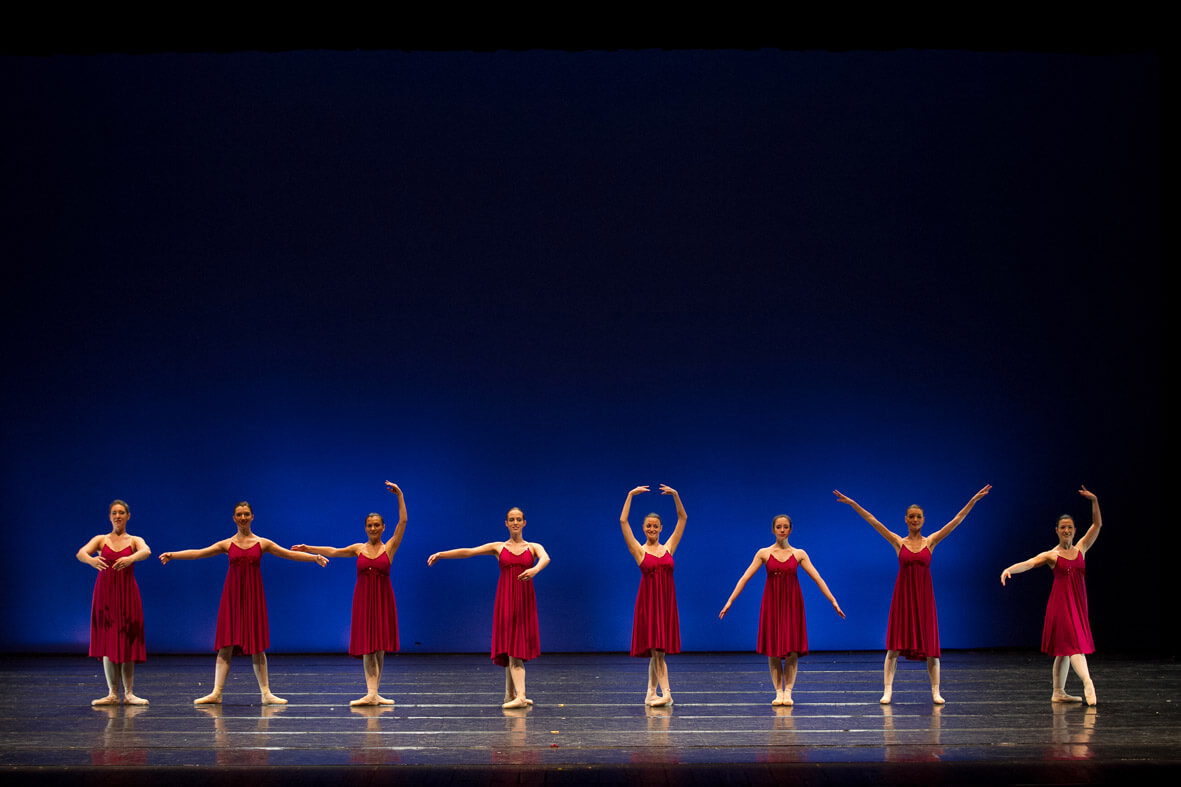In collaboration with Viento Flamenco ASD.
Courses are developed over an entire Academic Year, which is divided into three quarterly cycles each consisting of 12 lessons of one hour or one and a half hours depending on the level.
During the year, classes are given on technique (pies - palmas, braceos, etc.), use of the manton, fan, castanets, bata de cola technique as well as choreography: each course/level studies a specific choreography based on a selected palos flamenco throughout the year
